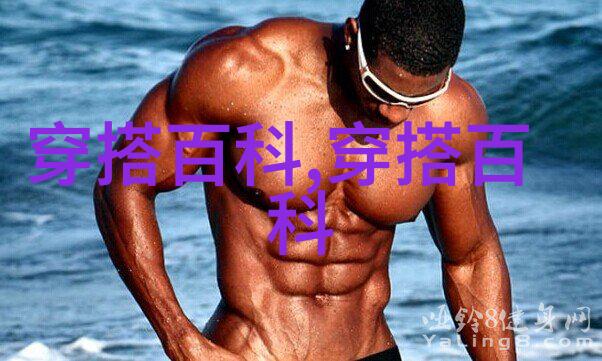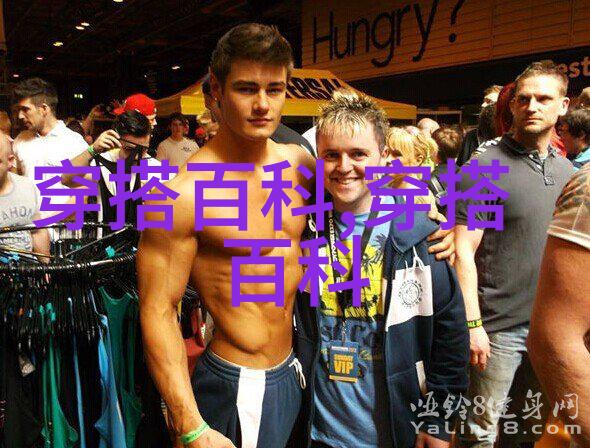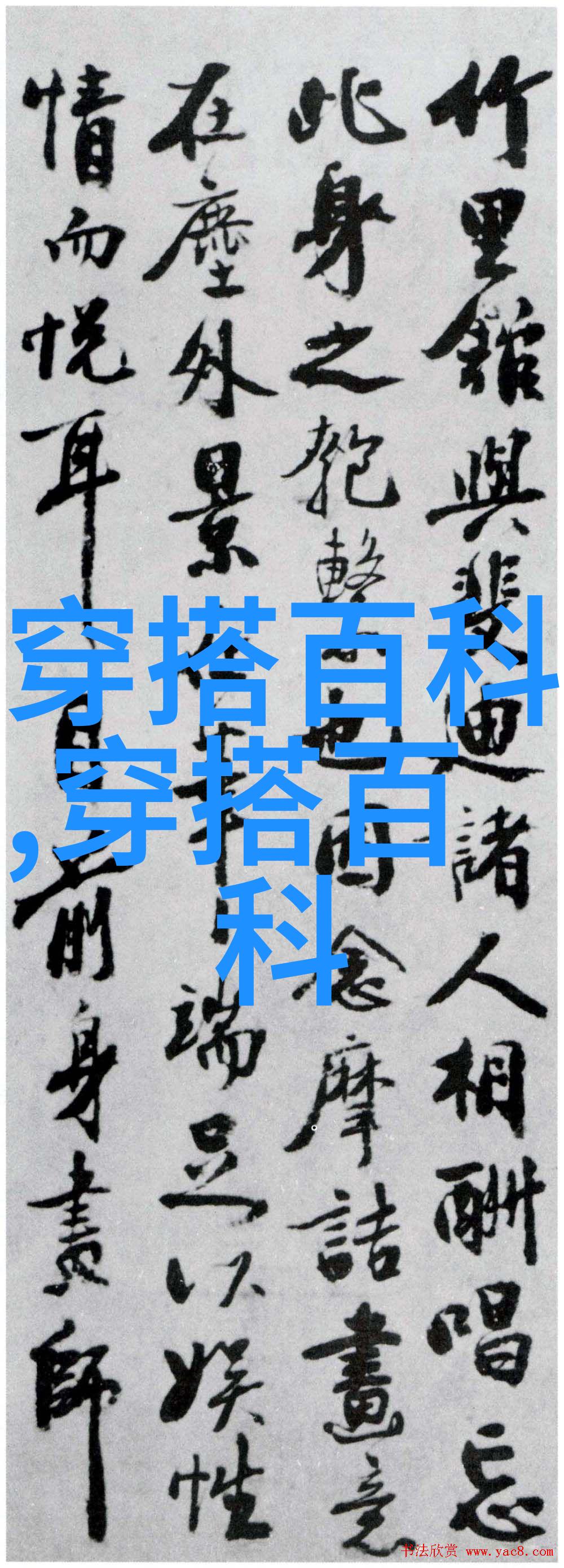Is it possible to achieve salon-quality results at home with a step-by-step men's haircut guide?

In today's fast-paced world, many people are looking for ways to save time and money without sacrificing quality. One area where this is particularly relevant is in men's grooming, particularly when it comes to haircuts. While visiting a professional stylist can provide a high-quality cut, it can also be expensive and time-consuming. This is why more and more men are turning to DIY haircuts using step-by-step guides.
But the question remains: can you really achieve salon-quality results at home? The answer is yes, but it requires some knowledge of the basics of haircutting as well as some practice.

The first step in any haircutting process is preparation. Before you begin cutting your own hair, make sure that you have all the necessary tools and supplies within reach. These typically include scissors or clippers (depending on the style you're going for), comb or brush, towel or cape (for protecting clothing from cuts), mirror (preferably one that allows you to see both sides of your head), clips or bobby pins (to hold back sections of hair while cutting).
Next comes understanding your face shape and choosing a style accordingly. Different hairstyles suit different face shapes better than others do. For example:

Oval-shaped faces look good with most styles.

Round-shaped faces benefit from longer topsides that fall away from the face.
Square-shaped faces should avoid too much length around the jawline.

Triangular-shaped faces look best with shorter top layers.
Now let's dive into some specific techniques used in male grooming tutorials:
Fade Haircut: A fade haircut involves gradually decreasing lengths towards the back of your head by layering off small amounts of hair at a time using clippers set at progressively lower guard numbers until reaching an appropriate length.
Undercut: An undercut involves cutting short on either side just below ear level before blending into longer top layers using thinning scissors or razors for added texture.
Pompadour: A pompadour involves lifting up front sections above forehead line by tucking them under clips while trimming remaining bottom portions close enough so they blend seamlessly together when released.
Side Part & Comb Over: Side parting begins by dividing front section down center line then sweeping over one shoulder - securing with bobby pins if needed; next trim excess length around edges keeping desired width consistent throughout both sides' lengths
Layered Cut: Layered cuts involve thinning out thicker areas near scalp while maintaining volume further down strands through carefully controlled snips taken only along ends
Textured Look: Textured looks require applying styling products like gel/cream/paste after drying before scrunching fingers through strands creating unevenness adding volume
Lastly don't forget about regular maintenance! Regular trims keep styles fresh-looking prevent split ends reduce frizz maintain healthy growth rate keep curls defined etcetera...
Of course there are countless variations on these basic techniques which allow individuality shine through making each person unique – no two heads alike!
As long as one understands their face shape & personal preferences combined with patience persistence practice mastering these fundamental skills will lead anyone toward achieving truly exceptional results similar those found in professional salons even within confines own living space!



